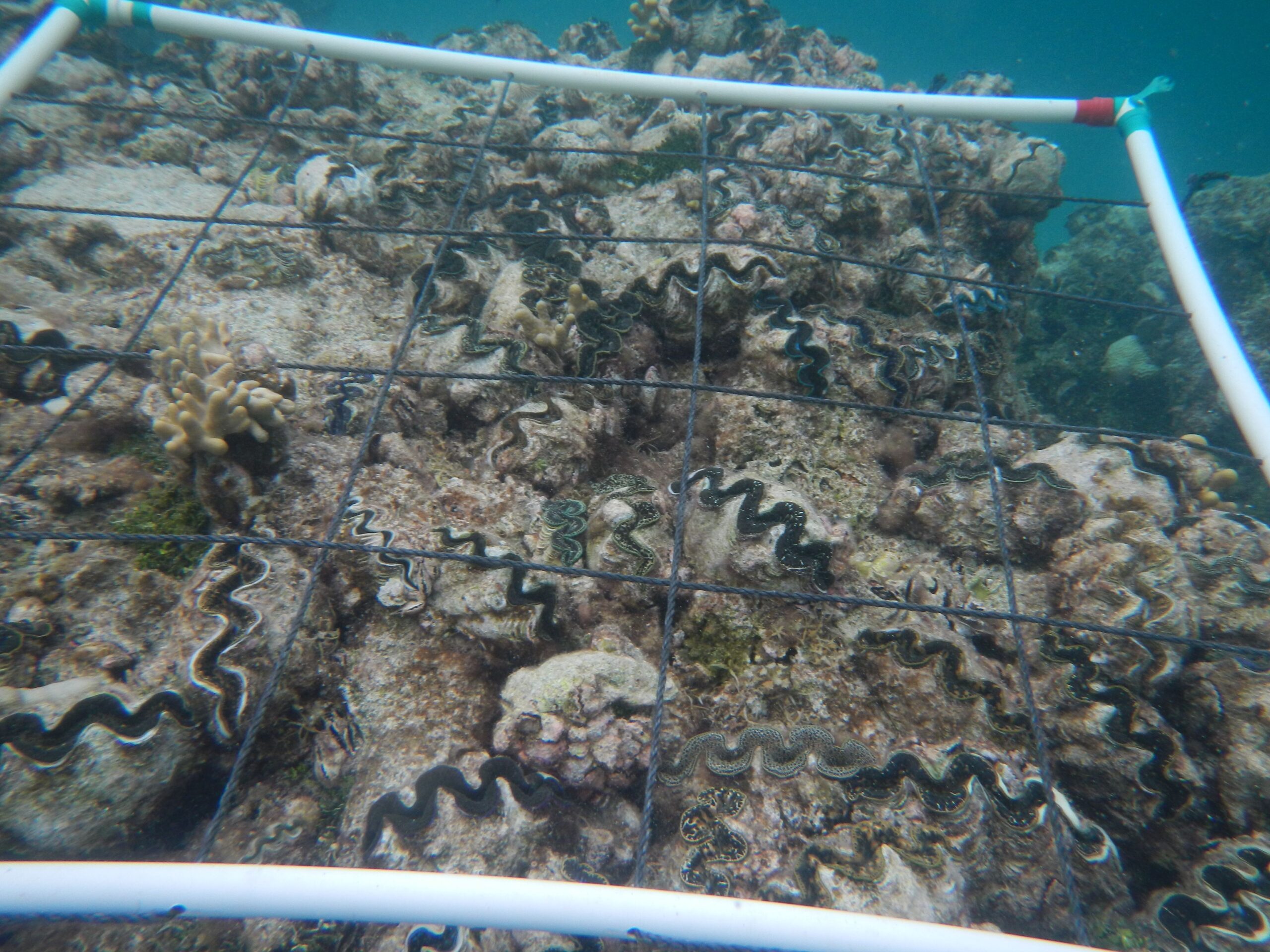Pā’ua Pressures
Pā’ua, or Pasua, also known as the giant clam, is a treasured marine species throughout the Cook Islands for its beauty in showcasing an array of underwater colours. It is also being seen as a tasty kai moana treat for the people of the Cook Islands.
The Cook Islands has three native species of Pā’ua. Three other species were introduced in the late 1980s, but have not successfully reproduced.
The most common of our native species is the elongated giant clam (Tridacna maxima), found in shallow coral reef areas. The largest species is the fluted giant clam (Tridacna squamosa) which can grow up to 40 cm in width. This clam is more commonly found just beyond the reef. We also have the recently identified Noah’s giant clam (Tridacna noae) which is similar in shape to the elongate giant clam, but if you look more closely at its flesh, it has teardrop-shaped spots as patterns around the edge. This rare clam can be found both on the reef flats and foreshore.
The Pā’ua are not just showstoppers for their colours, but of course also play an important role within the marine ecosystem, building the structure of coral reefs, and are a key source of food for marine species like larger fish, turtles, and also humans.
Pa’ua populations are at risk across the Cook Islands, with recent data from the Ministry of Marine Resources (MMR) showing drastic declines within the last decades across multiple islands. The overharvesting of Pā’ua is of great concern, with the rate of harvest overtaking the Pā’ua’s rate of reproduction. Pā’ua are slow growing, it takes around 10 years for an elongated giant clam to reach the adult size at which it can reproduce. That’s a size of over 14 cm in length to be considered of mature reproductive age. If pa’ua are harvested before reaching this size, they cannot reproduce and the fishery will not be sustainable.
One school in the Cook Islands, Palmerston Lucky School, has been keeping a close eye monitoring its Pā’ua population within a dedicated inshore protected Pā’ua site right in front of their school.
This interest in monitoring the species came as a result of the MMR initiative back in 2018, but also through the awareness that Palmerston is one of seven Islands in the Cook Islands identified as having severely low Pā’ua densities.
Since 2020, the ‘Lucky’ school students have maintained their Pā’ua monitoring, along set transect lines, where they count and measure any Pā’ua they can find within 1m of the line.
A recent update on the monitoring results delivered by the students earlier this year revealed numbers of Pā’ua along the transect had dropped from an initial count of 54 to 38. It was suggested that the drop in numbers could have been attributed to storm surges, natural predators and possible harvesting/poaching. Further interesting details included average sizes were around 115mm or 11.5 cm, still not quite the size big enough to reproduce (14cm).
With the slow growing rate of Pā’ua and the time needed for Pā’ua to reach maturity, it is very important now for us to practice sustainable harvesting. MMR recommends a minimum size limit for Pa’ua catch being 160 mm or 16 cm in length, and to not harvest Pa’ua from outside of the lagoon. Consider taking a ruler during your next reef excursion. If you're finding only Pā’ua below 14cm, it’s a sign the lagoon is still trying to recover and is not ready to be harvested.
Other examples of control measures put in place include a zero export of Pā’ua policy by the island of Manihiki, to restrict overharvesting pressures, especially if Pā’ua are being sold for commercial purposes.
Take only what you and your family can eat. Avoid stockpiling Pā’ua in the chest freezers and of course avoid selling Pā’ua to ensure the Pā’ua we are lucky enough to see today, does not go extinct in the years to come.

